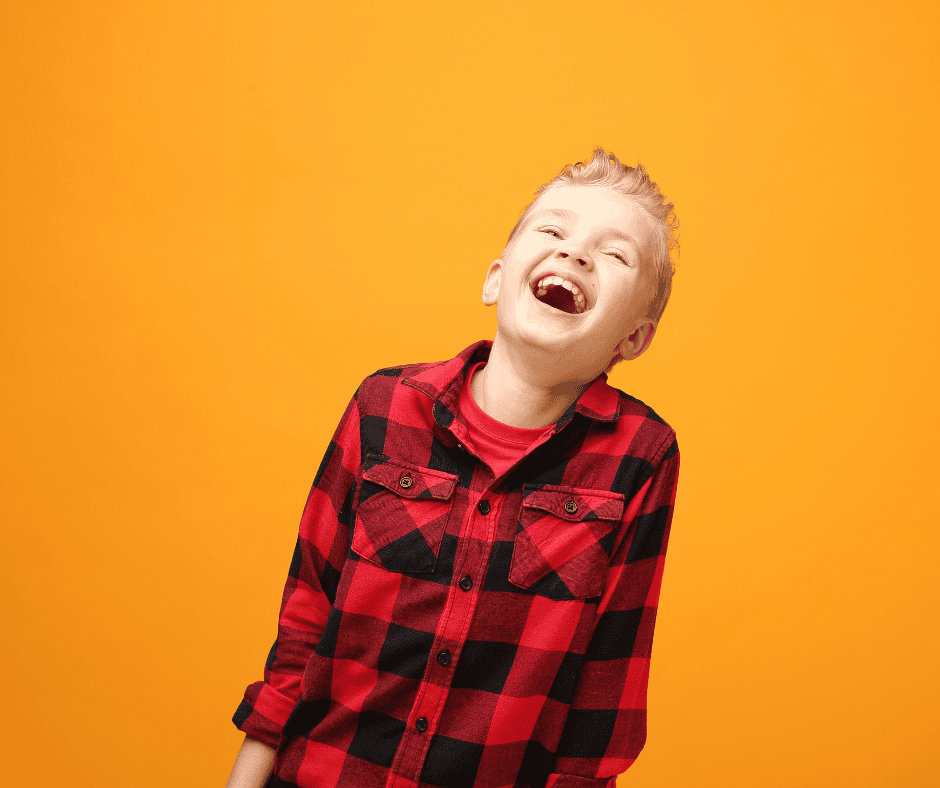Calm and Collected Anxiety Brain Training aims to equip individuals with tools to manage anxiety through structured cognitive exercises. Participants engage in mindfulness practices, breathing techniques, and cognitive reframing to cultivate resilience and reduce stress responses. By focusing on thought patterns and emotional regulation, the program fosters a sense of control and confidence in managing anxiety triggers. Through consistent practice, individuals develop a calmer mindset and enhanced ability to navigate anxious moments effectively. This holistic approach integrates mental exercises into daily routines, promoting long-term emotional well-being and stability.
Anxiety Patterns
Recognizing and understanding one’s anxiety patterns involves becoming attuned to specific situations, thoughts, or emotions that consistently trigger anxiety. By keeping a journal or logging these triggers, individuals can identify common themes or stressors that contribute to their anxiety. This awareness allows for proactive coping strategies, such as preemptive relaxation techniques or cognitive reframing, to be implemented before anxiety escalates.
Social Anxiety
Social anxiety involves a persistent fear of social situations where individuals believe they may be judged, embarrassed, or scrutinized by others. This fear can lead to avoidance of social interactions, which may impact relationships, work, and daily activities. It often manifests as feelings of self-consciousness, nervousness, and physical symptoms like blushing, sweating, or trembling.
Generalized Anxiety
Generalized anxiety is characterized by excessive worry and anxiety about a wide range of everyday situations and events. Individuals with generalized anxiety often anticipate disaster and may worry excessively about health, finances, work, or relationships, even when there is no apparent reason for concern. This chronic worry can be debilitating, causing restlessness, fatigue, difficulty concentrating, irritability, muscle tension, and sleep disturbances.
Panic Attacks
Panic attacks are sudden, intense episodes of fear or discomfort that reach a peak within minutes. They can occur unexpectedly or in response to specific triggers, such as crowded places or stressful situations. Symptoms often include rapid heartbeat, sweating, trembling, shortness of breath, chest pain or discomfort, dizziness, chills or hot flashes, feelings of unreality, and fear of losing control or dying.
Phobias
Phobias are irrational and intense fears of specific objects, situations, or activities. When exposed to the phobic stimulus, individuals may experience overwhelming anxiety and may go to great lengths to avoid the feared object or situation. Common phobias include fear of heights, spiders, flying, needles, enclosed spaces, or speaking in public. Phobias can significantly impact daily life and lead to avoidance behaviors that restrict normal activities.
Health Anxiety
Health anxiety involves excessive worry and preoccupation with one’s health and the possibility of having or developing a serious medical condition. Individuals with health anxiety often misinterpret bodily sensations or minor symptoms as signs of a severe illness. This can lead to frequent checking of symptoms, seeking reassurance from healthcare providers, and avoiding medical information or situations that trigger anxiety about health.
Breathwork Techniques
Breathwork techniques such as diaphragmatic breathing, box breathing, and paced breathing are designed to modulate the body’s physiological reactions to stress. By deliberately slowing the breathing rate and enhancing each breath’s depth, individuals engage the diaphragm, a key muscle involved in breathing. This focused approach activates the parasympathetic nervous system, which opposes the sympathetic nervous system’s “fight or flight” response.
As a result, heart rate decreases, muscle tension relaxes, and overall stress levels diminish. Practicing these techniques regularly can enhance resilience to stressors, improve emotional regulation, and promote a sense of calm and relaxation. Breathwork is a foundational tool in stress management, mindfulness practices, and anxiety reduction strategies due to its immediate and profound physiological effects.
Mindfulness Practices
Mindfulness is the intentional act of directing attention to the present moment without judgment. It can be cultivated through dedicated mindfulness meditation sessions or by incorporating mindfulness into everyday activities. By observing thoughts, bodily sensations, and emotions in a non-reactive manner, individuals develop heightened awareness of their mental and physical states. This practice allows individuals to acknowledge anxious thoughts without being consumed by them, fostering a sense of inner peace and emotional resilience.
Mindfulness encourages acceptance of one’s current experiences, whether pleasant or unpleasant, promoting a balanced perspective on life’s challenges. Over time, regular mindfulness practice can reduce the impact of anxiety, improve overall well-being, and cultivate a deeper connection with oneself and the surrounding environment. It serves as a foundational practice in stress reduction techniques and contributes to greater emotional stability and mental clarity.
Cognitive Restructuring
Cognitive restructuring is a cognitive-behavioral technique used to challenge and reframe negative or irrational thoughts that contribute to anxiety. By identifying automatic negative thoughts (ANTs) and examining the evidence for and against these thoughts, individuals can replace them with more balanced and realistic perspectives. This process involves questioning the accuracy and helpfulness of anxious thoughts and developing alternative, more adaptive ways of thinking. Over time, cognitive restructuring reduces the intensity and frequency of anxiety by altering the cognitive processes that contribute to anxious feelings.
- Identification of Automatic Negative Thoughts (ANTs): Recognizing habitual, anxiety-provoking thoughts like catastrophizing or overgeneralization that contribute to stress and worry.
- Examination of Evidence: Systematically evaluating the evidence supporting and challenging automatic negative thoughts to uncover their accuracy and validity.
- Challenging Cognitive Distortions: Addressing common thinking errors such as black-and-white thinking or emotional reasoning to promote more balanced perspectives.
- Development of Alternative Thoughts: Cultivating adaptive, realistic thoughts and interpretations of situations to replace anxious thinking patterns.
- Behavioral Experiments and Testing: Conducting experiments to test revised thoughts and beliefs in real-life situations, gathering evidence to support positive changes in thinking and behavior.
Progressive Muscle Relaxation
Progressive Muscle Relaxation (PMR) is a methodical relaxation technique where individuals sequentially tense and then release muscle groups from toes to head. By briefly tensing each muscle group and then relaxing it fully, PMR helps release physical tension and induce profound relaxation.
This practice is effective for anxiety reduction as it teaches heightened body awareness, distinguishing between tense and relaxed states. Through regular PMR practice, individuals develop skills to manage stress, alleviate muscle stiffness, and cultivate a calmer mind-body connection, making it a valuable tool in promoting overall relaxation and managing symptoms of anxiety effectively.
Visual Imagery
Visual imagery or guided visualization involves creating calming mental images or scenarios to promote relaxation and reduce anxiety. Individuals can use guided imagery scripts or self-generated mental images of peaceful places, soothing scenes, or positive outcomes to redirect their focus away from anxious thoughts. By engaging the mind in pleasant and vivid mental imagery, individuals can evoke feelings of tranquility and safety, which counteract feelings of anxiety and stress.
Gratitude Journaling
Gratitude journaling is a practice where individuals regularly write down things they are thankful for. This can include simple pleasures, meaningful experiences, supportive relationships, or personal achievements. By cultivating a habit of acknowledging and appreciating positive aspects of life, individuals shift their focus away from worries and anxieties. Gratitude journaling promotes a positive mindset and emotional resilience by fostering a sense of perspective, resilience, and hopefulness, even during challenging times.
Digital Detox Strategies
Digital detox strategies involve intentionally reducing screen time and minimizing exposure to digital devices such as smartphones, tablets, and computers. Excessive use of digital devices has been associated with increased stress, anxiety, and sleep disturbances. By setting boundaries around screen time, individuals create opportunities for relaxation, mindfulness, and meaningful interpersonal connections. Digital detoxification can involve scheduling device-free periods during the day, limiting social media usage, or establishing a “no screens” policy before bedtime to promote better sleep hygiene and overall mental well-being.
Conclusion
Mastering techniques like Progressive Muscle Relaxation (PMR) through Calm and Collected Anxiety Brain Training at Abbey NeuroPsychology Clinic in 366 S. California Avenue, Suite 14 Palo Alto, CA 94306, empower individuals to effectively manage anxiety. PMR’s systematic approach to tension release and relaxation fosters heightened body awareness, easing physical and mental stress. By learning to differentiate between tense and relaxed states, clients develop invaluable tools for navigating anxious moments with greater calm and resilience. Contact Abbey NeuroPsychology Clinic at 650-590-5743 to explore how personalized anxiety brain training can support your journey towards a more serene and balanced life.






